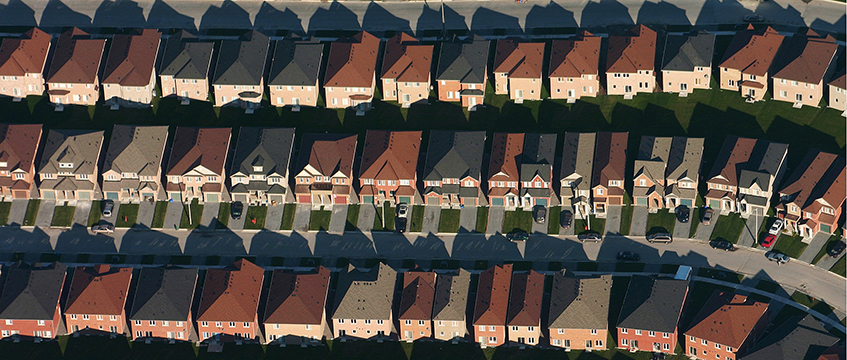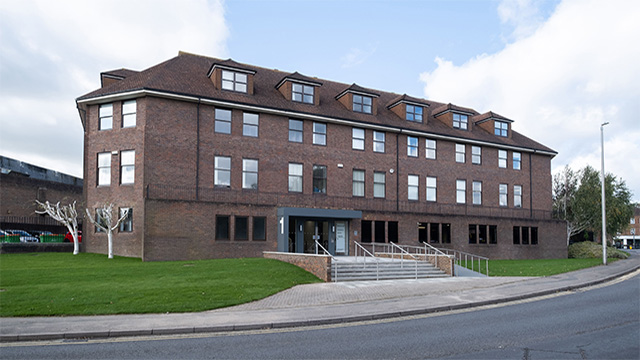A third of local authorities fail to meet housing need
A third of all local planning authorities have failed to deliver sufficient levels of housing to meet the demand of local populations and will face government sanctions.
The long-awaited government housing delivery test results revealed that 108 LPAs have delivered less than 95% of their housing need in the three years from 2015-16 to 2017-18.
Within this group, some 87 LPAs delivered less than 85% and will be required to find a 20% “buffer” of additional land to deliver this housing.
A third of all local planning authorities have failed to deliver sufficient levels of housing to meet the demand of local populations and will face government sanctions.
The long-awaited government housing delivery test results revealed that 108 LPAs have delivered less than 95% of their housing need in the three years from 2015-16 to 2017-18.
Within this group, some 87 LPAs delivered less than 85% and will be required to find a 20% “buffer” of additional land to deliver this housing.
All 108 LPAs must produce an action plan addressing the shortfall and take steps to correct this.
These local authorities failed to deliver 63,824 homes over the period.
A total of 121 LPAs did not reach 100% of their housing needs, resulting in a shortfall of 64,897 in these areas.
Haringey Council was revealed as the LPA with the largest shortfall of homes, having failed to deliver some 2,357 homes. The council delivered 2,149 homes, against a need of 4,506, satisfying just 48% of the local need.
A spokesman from the council said: “The housing delivery test only accounts for the last three years of completions and we are six-years into our local plan period and have a shortfall of just over 1,300.”
They said the borough has allocated land for a further 19,000 homes, 4,857 of which have been granted planning permission and 2,288 have commenced on site.
The spokesman added: “We will continue to work with the landowners and developers of these sites to bring forward the homes needed.”
Last July, newly elected councillors in the borough scrapped a £4bn joint venture with Lendlease that would have seen the delivery of 6,400 homes over 20 years, instead opting to set up its own development company.
The London Legacy Development Corporation was short by 2,124 homes, it was followed by Barking and Dagenham Council, which fell short by 2,115.
An LLDC spokesperson said: “We are concerned that the government’s methodology doesn’t accurately reflect delivery within the Mayoral Development Corporation area. We raised our concerns about the methodologies being used with the department and will take it up with officials again.
“In the meantime we are confident that we are delivering well against both need and the targets set under the London Plan. Since 2014 we have delivered 7,721 homes in the LLDC area against a target of 7,355, a 105% return.”
New Forest delivered the lowest proportion of homes, at just 35%, with 755 homes against a need of 2,144. Calderdale followed at 36%, with Redbridge at 38%.
Claire Upton-Brown, chief planning officer at New Forest District Council, said the measurement of need “takes no account of the housing targets we have been working to deliver in accordance with our current local plan, which has a significantly lower figure than the target used in the measure”.
“The figure in our current local plan is lower as it is based on the growth figure identified through the South East plan which recognised the need for very restricted growth, albeit doubling what we have delivered in the past. The reasons for this were supported at the time by a government appointed inspector.”
She said the council has prioritised moving forward a new local plan, which will be subject to government examination in the summer.
The minister of state for housing, Kit Malthouse MP, said: “We will work with councils as they plan to build the properties our country needs.”
He added: “These figures show that a majority of councils are rising to the challenge and deliver the homes their communities need. We have invested £45bn to cajole the housing market so that it starts working for everyone – this includes support for local authorities to get more homes built.”
The housing delivery test results were due to be published in November 2018, after the initiative was announced in February 2017 in the National Planning Policy Framework.
The new annual test measures the net additional dwellings against the estimated homes required for each local authority over a three-year period.
In July the government issued the revised National Planning Policy Framework announcing the new housing delivery test, focusing on increasing the number of homes in an area over the number of homes planned for, using national statistics and local authority data.
To send feedback, e-mail emma.rosser@egi.co.uk or tweet @EmmaARosser or @estatesgazette











